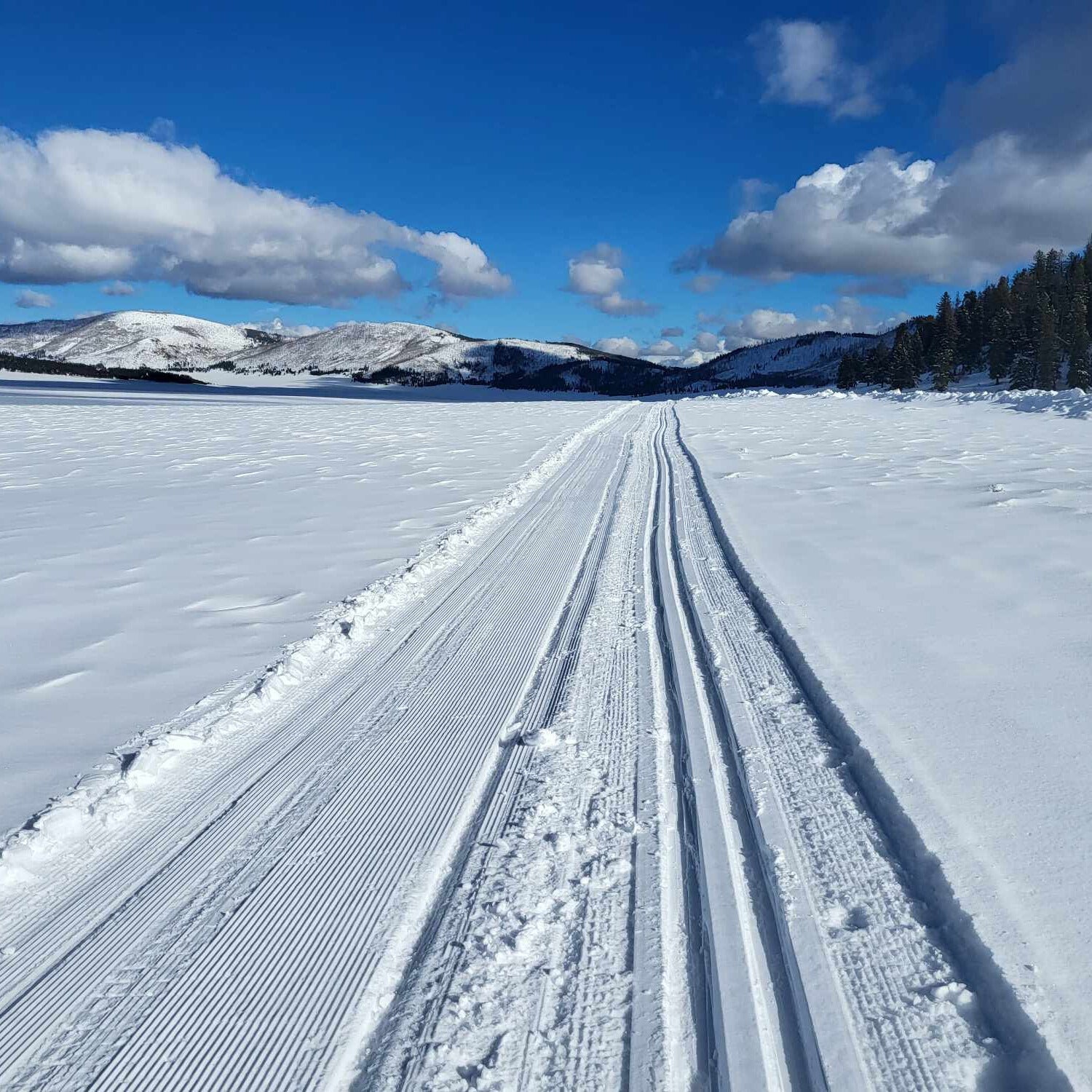Your Cart is Empty
accepting gear drop offs Mon-Sat 10am-5pm. No Consignment acceptance on Sundays.
accepting gear drop offs Mon-Sat 10am-5pm. No Consignment acceptance on Sundays.

The San Juan Mountains of southwest Colorado deliver some of the most vibrant and dynamic fall color displays in the Rockies. If you’re planning a fall foliage adventure, thesetrails should be at the top of your list:
Length: About 10 miles round trip
Difficulty: Moderate to strenuous
Why go: Quiet and underrated, this trail offers incredible aspen groves and panoramic views of the Animal Valley. Colors here peak a little later than surrounding areas.
Length: Around 12 miles round trip
Difficulty: Moderate to strenuous
Why go: Starting from Coal Bank Pass, enjoy expansive views of the San Juan Mountains as you pass through dense aspen forests.
Length: About 7 miles round trip
Difficulty: Moderate
Why go: Enjoy lush forests and open meadows with stunning views of the surrounding peaks and vibrant fall colors.
Length: About 5 miles round trip
Difficulty: Moderate
Why go: Get beautiful views of Bear Creek Falls and the surrounding aspen forests, which turn brilliant shades of gold in the fall.
Length: About 7.5 miles round trip
Difficulty: Moderate
Why go: Starting from Lizard Head Pass, this trail offers incredible views of the fall foliage, with a backdrop of the unique Lizard Head Peak and other surrounding mountains.
Length: Varies
Difficulty: Varies
Why go: Dramatic landscapes and rich fall colors. Various trails offer opportunities to explore the vibrant aspen forests and striking mountain scenery.
Length: Around 13 miles round trip
Difficulty: Strenuous
Why go: Sweeping views of the Sneffels Range, and the fall colors create a stunning contrast with the rugged peaks and valleys.
Timing: The peak fall colors in the San Juan Mountains typically occur from mid-September to early October. Places like Missionary Ridge can see colors last into late October depending. Keep in mind that a big early season snowstorm or wind event can put an end to major leaf peeping overnight.
Weather: Be prepared for variable weather conditions. It can be sunny one moment and snowy the next, especially at higher elevations.
Photography: Early morning or late afternoon light is ideal for capturing the rich colors and dramatic landscapes.
Don’t get caught unprepared for fall hiking. Hiking in the fall is rarely complicated as long as the weather is good, but weather can change abruptly.
Layered clothing
Base layer: Moisture-wicking material (e.g., merino wool, synthetic)
Insulating layer: Fleece or down jacket
Outer layer: Waterproof and windproof jacket
Pants
Preferably quick-drying and water-resistant
Hat and gloves
Shoes
Waterproof with good ankle support
Wool or synthetic socks
Avoid cotton, which retains moisture
Backpack
20-30 liters for day hikes
Hydration system
Carry 2-3 liters
Navigation tools
A GPS device works best—just make sure to download the trail before you leave cell coverage
Headlamp
Go with a USB headlamp that is fully charged
Trekking poles
Multi-tool or knife
High-energy snacks
Trail mix, energy bars, dried fruit
Lunch
Sandwiches, jerky, or other non-perishable items
Miscellaneous
Sunglasses and sunscreen
Sun block
Bear spray
Trash bags
Check the forecast
Start early: Days are shorter in the fall, so plan to finish your hike before dark.
Know your limits: Choose a hike that matches your fitness and experience level.
Inform someone: Let someone know your plans and expected return time.
Stay on marked trails: To avoid getting lost and to protect fragile environments–and please don’t cut switchbacks.
Yes, you need high-quality gear if you want to recreate confidently in the mountains—but no, it doesn’t have to be expensive. What’s the secret? Getting used or low-priced new gear fromDurango Outdoor Exchange. Durango Outdoor Exchange is conveniently located at the north end of Durango just off U.S. 550, right on the way to most hikes described here.
Inside, you’ll find all of the gear you need for fall hikes, from barely usedhiking shoes to day packs, water purification systems, maps, and more. Plus, our staff are out on the trails frequently, so they can update you on conditions and make suggestions for a great day out. Stop by today!

Work crews were busy over the off season making changes to ski areas across the region. While the hoped-for new lifts at Purgatory aren’t going to spin, there are plenty of reasons for you toget some wax (or new skis) from Durango Outdoor Exchange and hit the slopes this winter.

Thanksgiving is almost here–and skiing this early is always a gamble. Here are some non-skiing warm(er) weather destination ideas for the long break.

Just a couple hours from Durango, Valles Caldera is a great cross-country skiing destination, with surprisingly good snow and very few visitors.
Valles Caldera National Preserve is a popular hiking destination in the summer and a surprisingly great skiing destination in the winter.